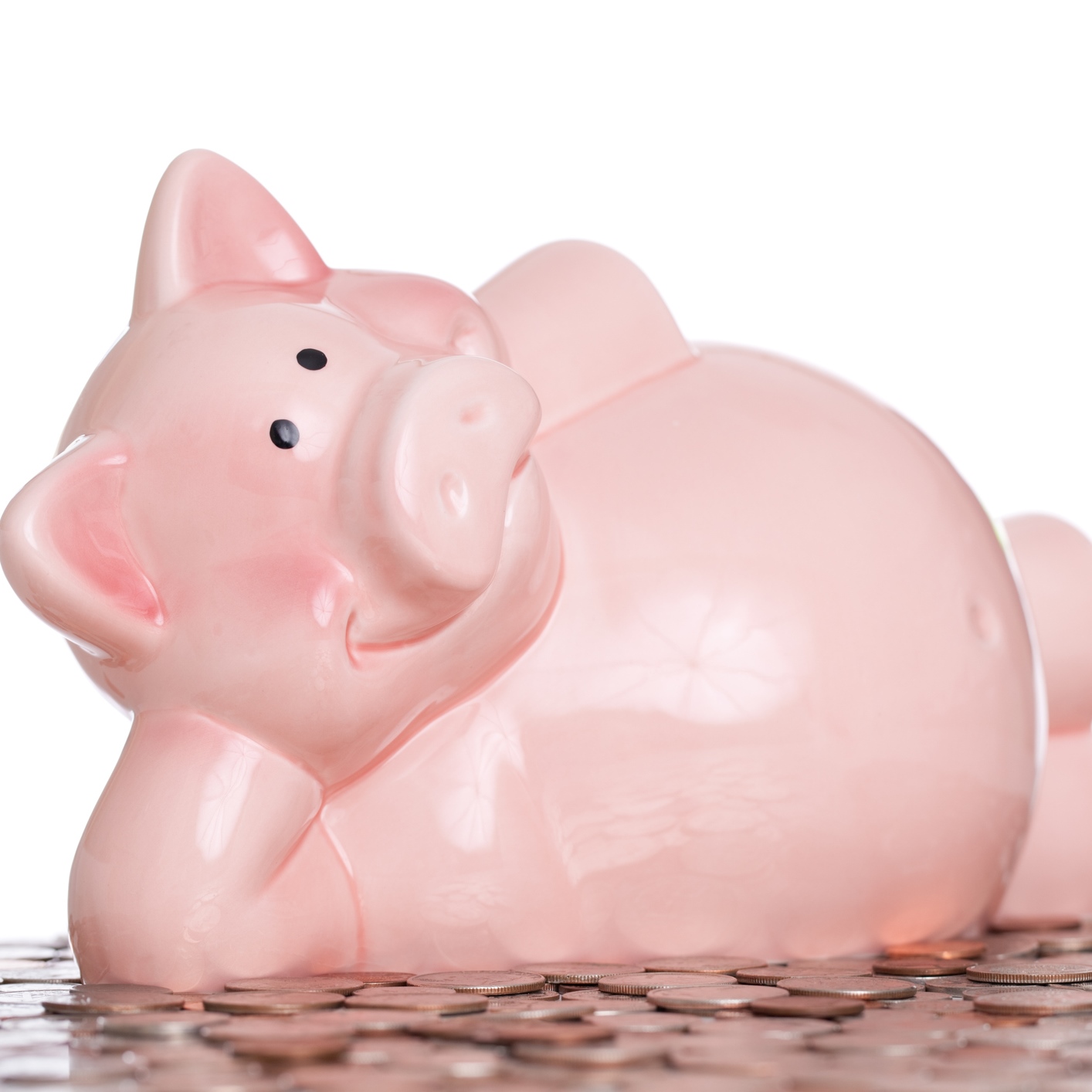Banking, finance, and taxes
If You Invested $1000 in JPMorgan at the Market Bottom, It Now Would Be Worth $9100

Published:
Last Updated:

Timing the market is easily one of the most difficult parts of trading. In particular, calling the market bottom and knowing when to get in is usually something investors only know way after the fact. 24/7 Wall St. is looking back to when the S&P 500 bottomed back in March 2009 to see how some of the major blue chips have fared since then.
Back on March 6, 2009, the S&P 500 bottomed out at 666.79, and from there began perhaps the biggest bull market of the modern era. At the most recent close, the S&P 500 was at 2,779.60, more than quadrupling its bottom nearly nine years ago.
So how does this measure up against JPMorgan Chase & Co. (NYSE: JPM)?
On an adjusted close basis, JPMorgan closed March 6, 2009, at $13.07 a share, and at $15.93 on an unadjusted basis. JPMorgan most recently closed at $118.77 on an adjusted basis.
Looking at the numbers, we can see that JPMorgan’s growth over this nine-year period outpaced the S&P 500 and the broad markets in general. Specifically, the megabank saw its shares gain just over 800%.
If you had invested $1,000 in JPMorgan back then, you would have $9,087.22 as of Monday’s close.
Over the past 52 weeks, JPMorgan has outperformed the broad markets, with its shares up about 31%. In just 2018 alone, JPMorgan is up 11%.
Shares of JPMorgan were last seen trading at $118.28, with a consensus analyst price target of $120.26 and a 52-week range of $81.64 to $119.33.
The last few years made people forget how much banks and CD’s can pay. Meanwhile, interest rates have spiked and many can afford to pay you much more, but most are keeping yields low and hoping you won’t notice.
But there is good news. To win qualified customers, some accounts are paying almost 10x the national average! That’s an incredible way to keep your money safe and earn more at the same time. Our top pick for high yield savings accounts includes other benefits as well. You can earn up to 3.80% with a Checking & Savings Account today Sign up and get up to $300 with direct deposit. No account fees. FDIC Insured.
Click here to see how much more you could be earning on your savings today. It takes just a few minutes to open an account to make your money work for you.
Thank you for reading! Have some feedback for us?
Contact the 24/7 Wall St. editorial team.